Water For Peace: Reflections on the world’s most exciting gathering for water and development – World Water Week
12.09.24
By subscribing to our newsletter, you give us permission to email you with news of our work and events, plus opportunities for volunteering, challenges to take part in and special offers in our shop. You can unsubscribe any time by clicking the link in our email footer.

12.09.24
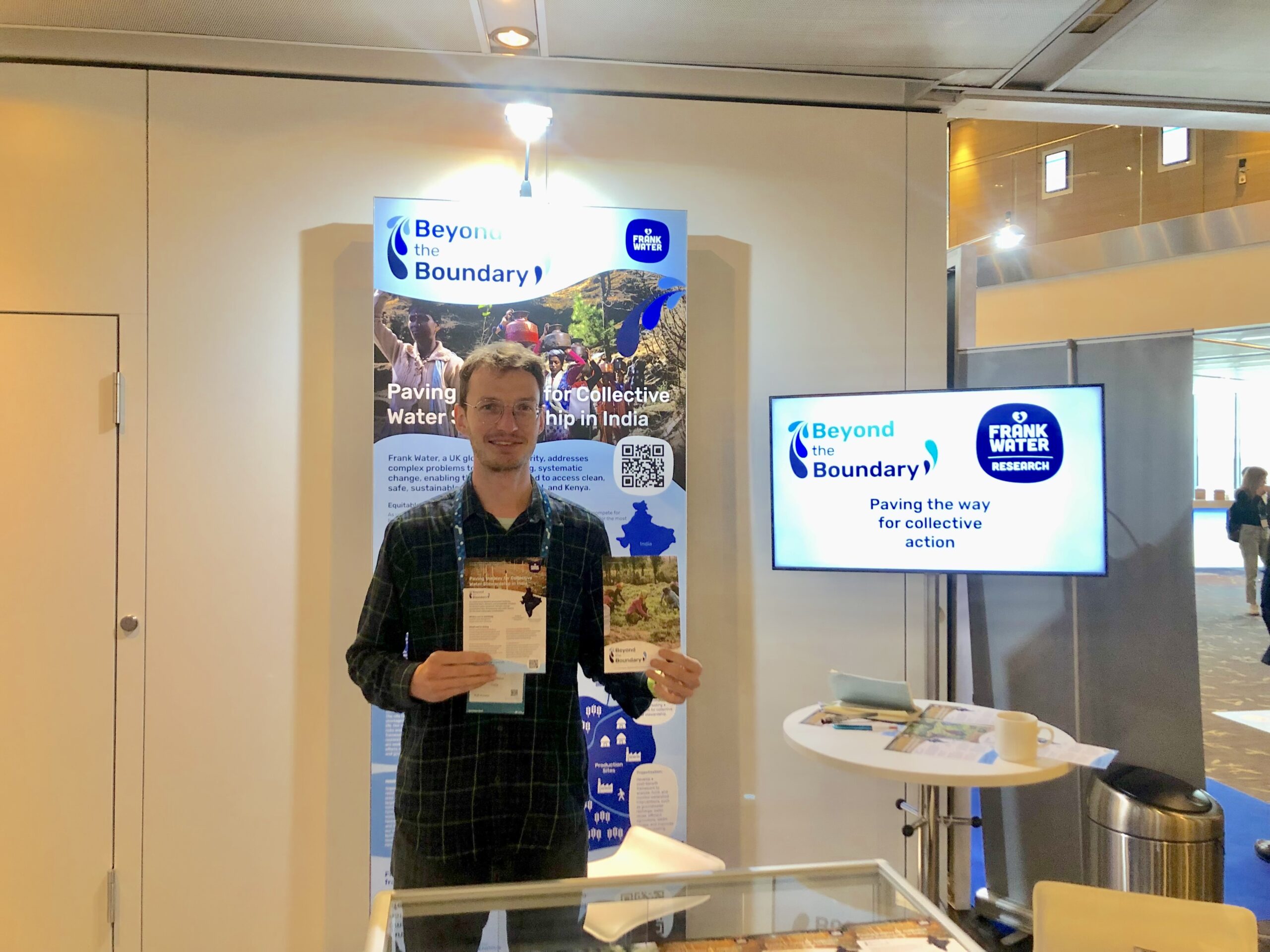
Since 1991, World Water Week has been the world’s leading conference on water issues, and it was a special privilege to once again attend this five-day gathering in Stockholm! I was there to host a session dedicated to the Beyond the Boundary project, which is working to make collective action for watershed management a reality in India — bringing together corporate production sites, communities, and local governments to ensure safe and sustainable water for future generations, especially in the face of climate change.
📹 Video Tour of the Frank Water exhibition at World Water Week (Instagram)
Over five days, I moved between our exhibition booth, a suite of fascinating workshops, lectures, meetings, lunches, and evening events, constantly inspired, and challenged by the water crisis and everything surrounding it. This gathering is the premier location to launch a new initiative, sign a deal, create a new collaboration, or drastically expand one’s network in a short period. This year, I was particularly struck by the presence of people living and working close to water and land—particularly Indigenous communities—and how much I learned from their personal relationship with something that Western institutions often seek to quantify. Is there another gathering where, at one moment, you can learn about the launch of a multilateral earth monitoring initiative, and the next, be constructing a small tepee adorned with symbols linking the mythology of the land, earth, and sky?
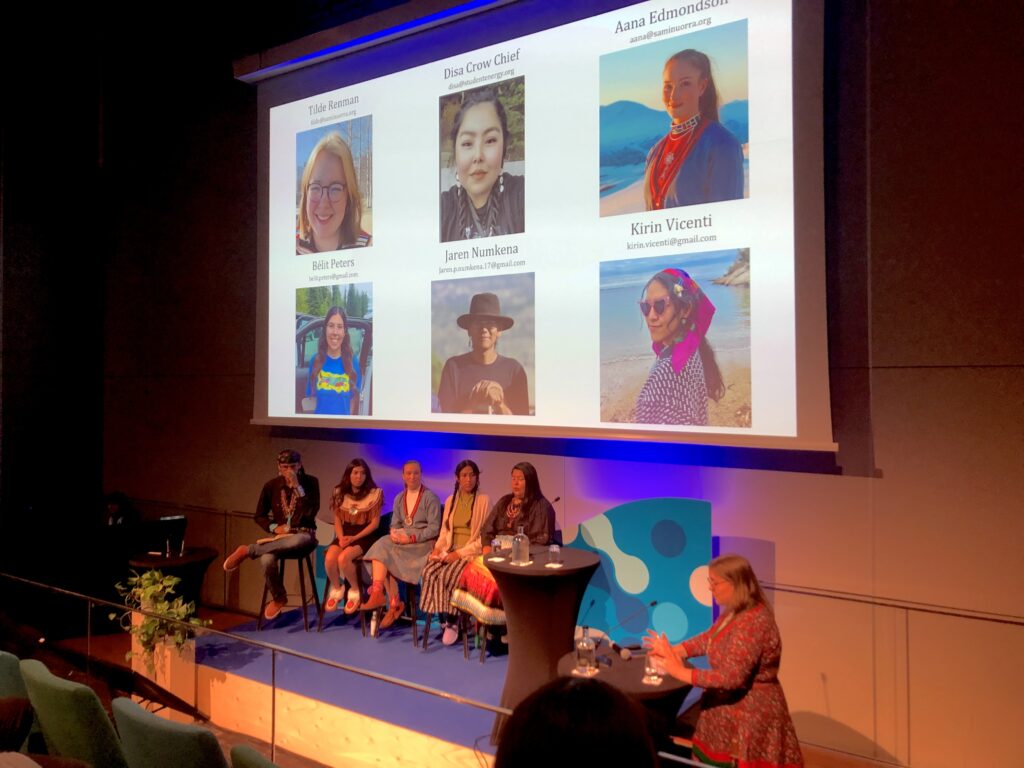
Young members of indigenous communities were at the forefront of many talks and sessions
The primary theme designed to set the tone for this year’s gathering was Bridging Borders: Water for a Peaceful and Sustainable Future and emphasised the need to cross technical, cultural, and national boundaries to solve the intensely interconnected water challenges we face. To illustrate a relevant challenge: more than half of the world’s population lives in trans-national river basins, and food security is deeply connected to safe and reliable water availability. At Beyond the Boundary, we’re seeking to break down barriers between institutions, community data, and real water needs and funding opportunities.
A common theme raised in both private conversations and conference sessions was the traceability of water in global supply chains. We all know that everything we consume has some sort of water footprint—water that has to be abstracted, processed, and discharged somewhere in the world as part of the production process. A significant step forward in understanding and managing this is the EU Corporate Sustainability Reporting Directive (CSRD), which will require thousands of publicly listed companies to report their impacts on water resources, including their contribution to scarcity and pollution—particularly in their value chains. There was no doubt among participants that consumers will increasingly demand accountability for the water footprint, especially where abstraction occurs in water-stressed areas. The Just Transitions for Water Security programme (which has major backers and held a packed session in Stockholm) states that in global supply chains, 50–90% of water use is externalised, and 50% of that use is unsustainable. Key takeaways include the need to build ever more evidence for collective action, to package catchment-based initiatives in ways that are digestible for stakeholders and easier to understand, and to find a way to value (and, if necessary, price) safe water appropriately. For companies, this means continuing to build the business case for collective action and prioritising action over excessive assessment or planning.
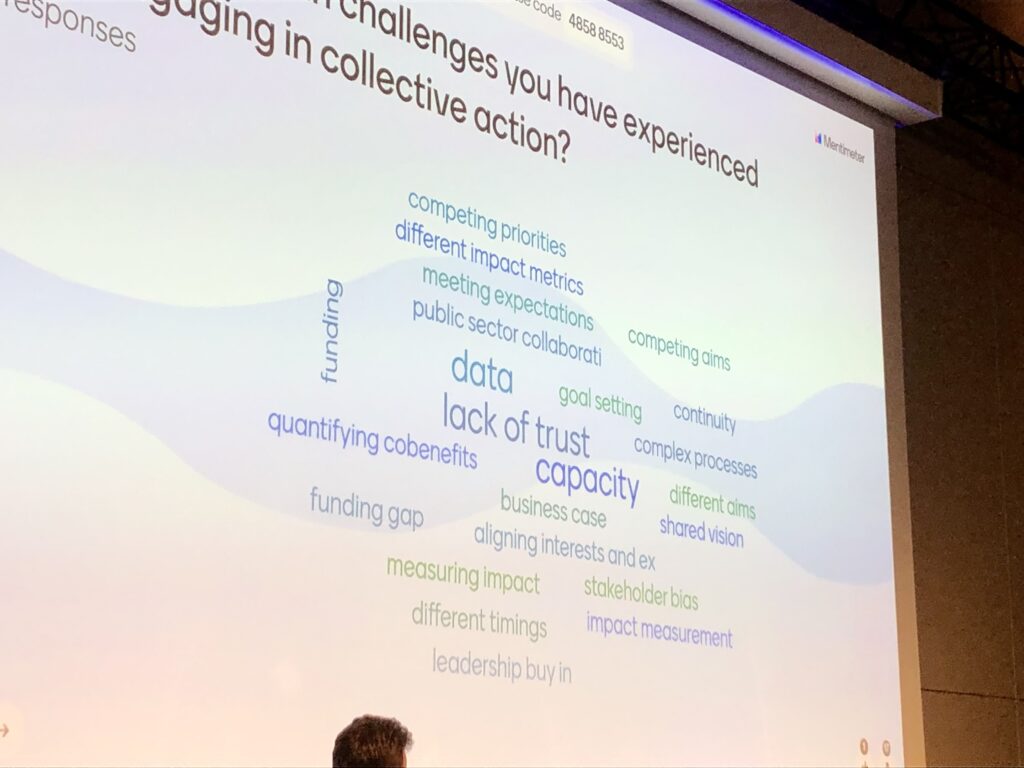
Attendees reflect over barriers to collective action for water – with “lack of trust”, “data” and “capacity” coming out on top
As in previous years, there was a strong focus on “priority basins”— where large corporations are investing in collective action. An example of this is the CEO Water Mandate’s 100 water-stressed basins which undergo a fairly robust selection process to ensure the most suitable basins for collective action feature on the list. However, at Beyond the Boundary, we have to keep reminding people that action always happens at the watershed level—usually the scale most familiar to community-based organisations working closest to the ground.
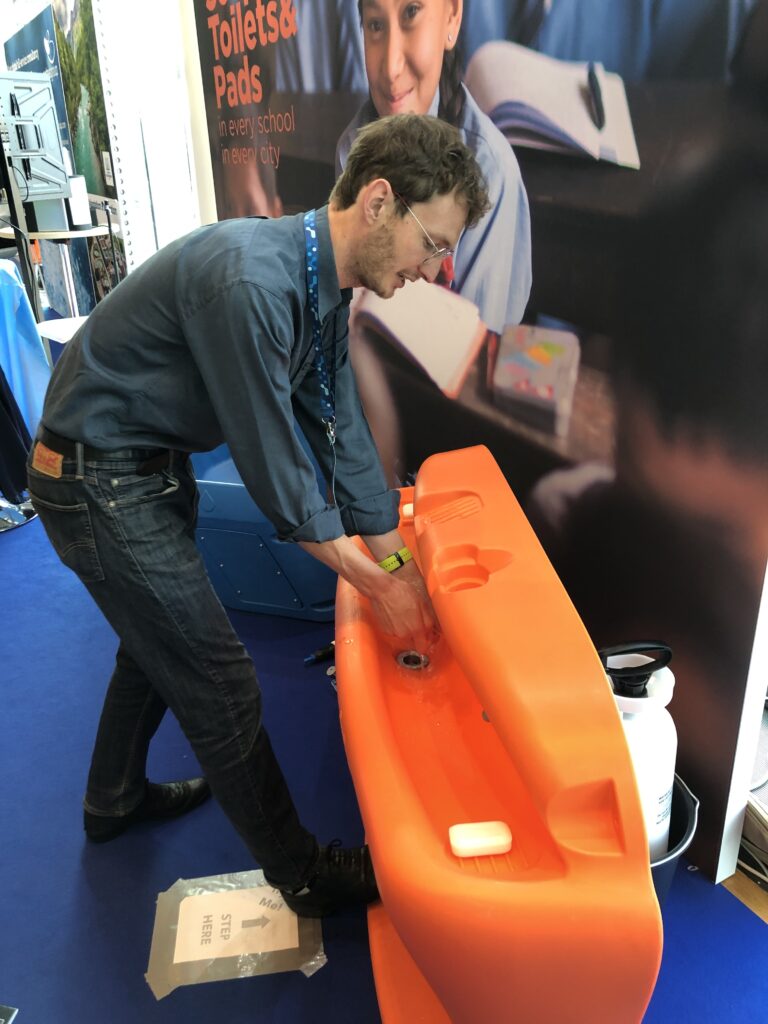
I was very impressed by the Splash handwashing system. Their business model is designed to make them obsolete through a social entrepreneurship model.
Without a doubt, there was a significant leap forward in how various organisations are grappling with the scale of water-related challenges worldwide. Frank Water has done an amazing job positioning itself at the nexus of marginalised communities, government, and private companies. However, what I will take away from this experience won’t be models and declarations—it will be the heartfelt call for action from those with the most to lose in the water crisis, yet with the closest connection to the land and water. These are the true water stewards. And, like them, we are called to action! 💧
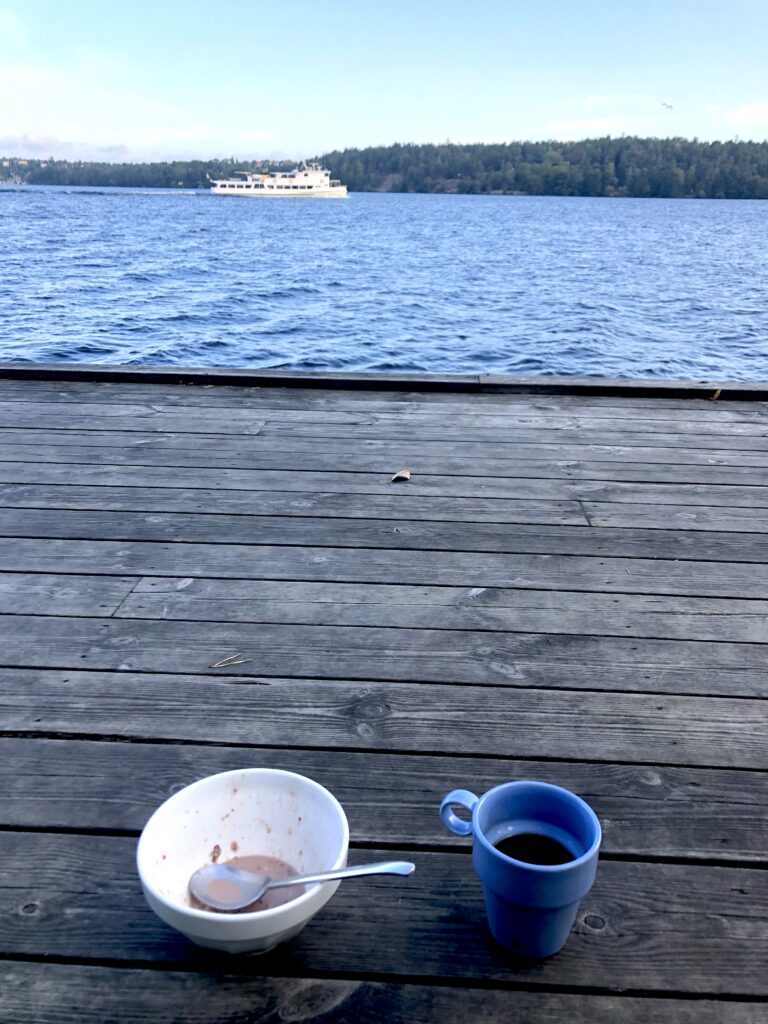
Breakfast on my last full day in Stockholm!
You need to load content from reCAPTCHA to submit the form. Please note that doing so will share data with third-party providers.
More Information